



Nalut Workshop on Cultural Heritage Protection: Part 2
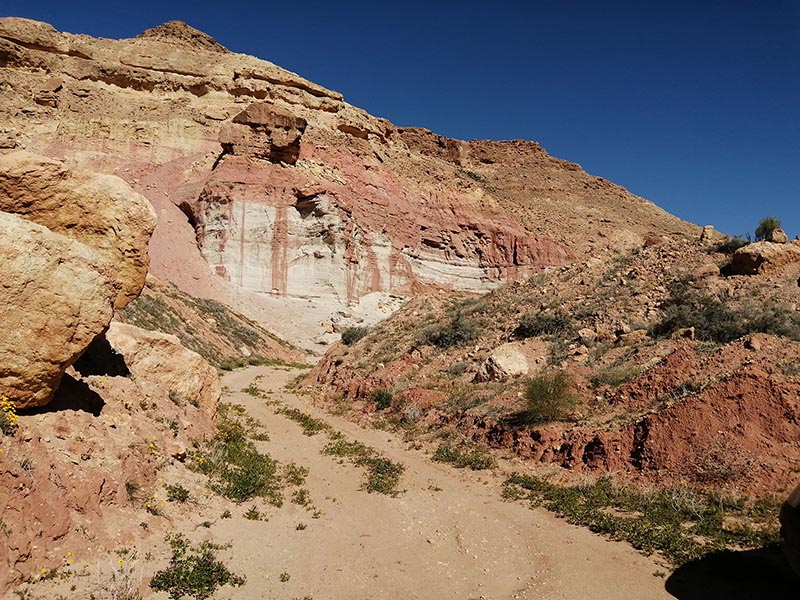
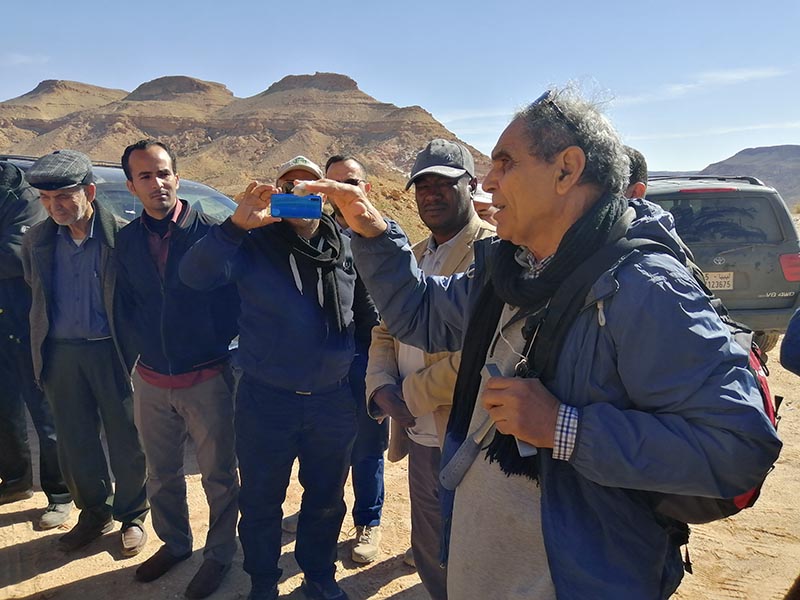
Our group had assembled from cities across western Libya to learn about the protection of cultural and natural resources, though few of us had ever heard such a vivid description of our land’s longer past. We struggled to grasp the vast timescale and radical changes that could be read in the surrounding cliff. According to Professor Salem, during periods when the land was above water, therapod dinosaurs thrived within a coastal forest. In 1994, in the area where we now stood, a quarry of dinosaur bones was discovered. As we scanned the base of the cliff seeking any freshly exposed fragment of bone, we found pieces of petrified wood weathering out of the bedrock. Based on their size, they apparently belonged to a giant tree with a trunk much larger than anything growing in this arid region today. It was the strongest physical evidence our group had discovered yet of the massive climatic changes that Professor Salem described.
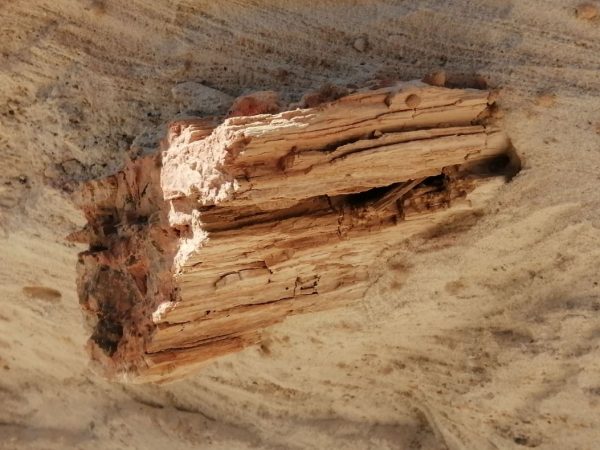
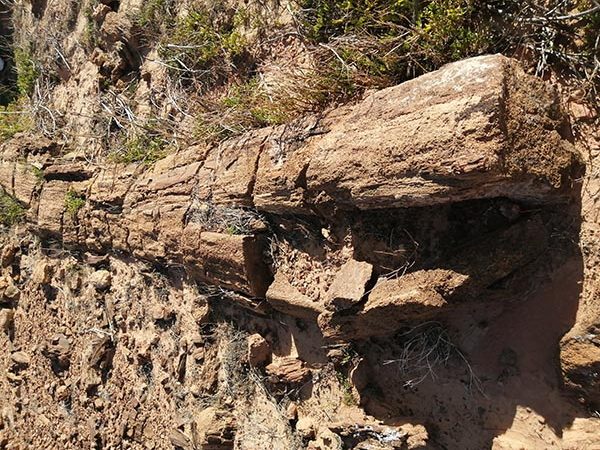
The nearby Nalut Museum of Dinosaurs and Natural History hosts Libya’s most wide-ranging natural history collection. Ahmed al Asker, who serves as both director of the Museum as well as director of the Libyan Department of Antiquities for the Nafusa region, proudly showed us the finest fossils recovered from the quarry. With the support of a team from the University of Chicago and the Italian company Eni Gas, the museum was able to create its displays. Still, according to Mr. al Asker, many of the thousands of items in its collection would benefit from further documentation, registration and study.
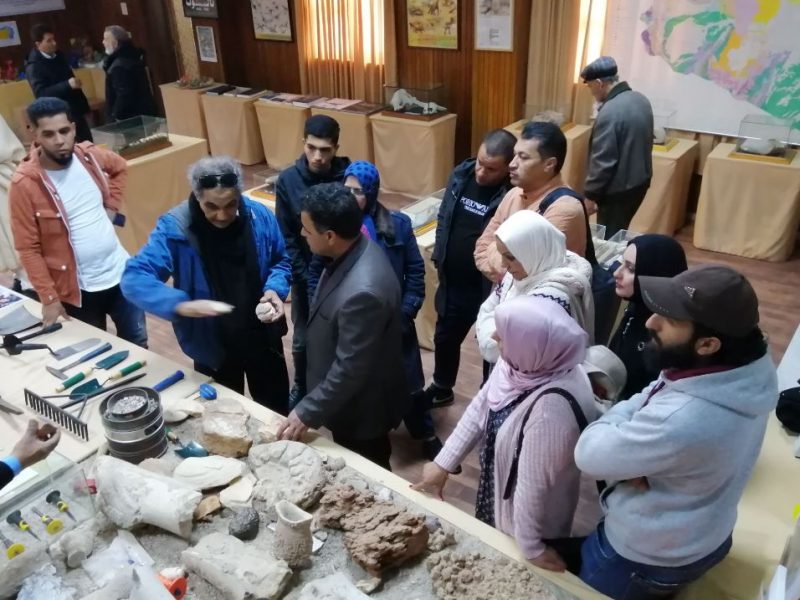
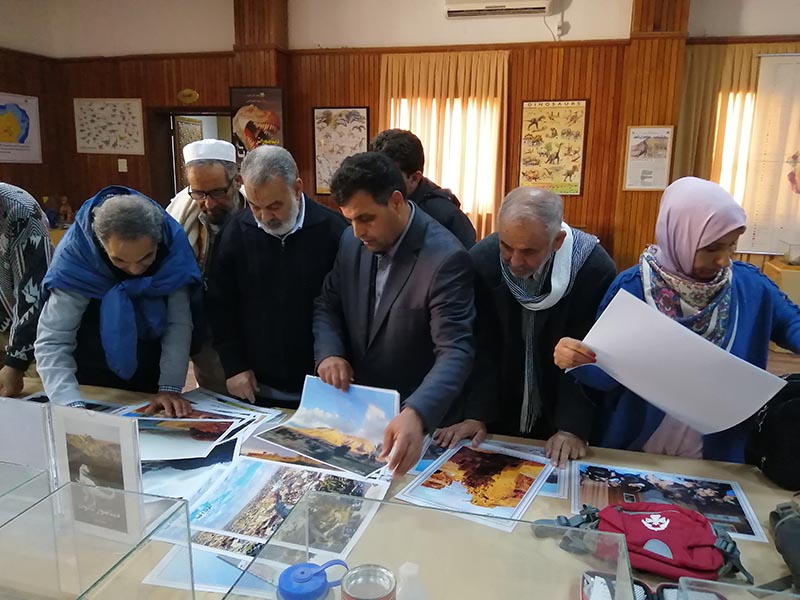
In neighboring Egypt, the management of natural history is divided between several branches of government, with the Egyptian Geological Museum in Maadi under the management of the Egyptian Geological Society and Mining Authority and the UNESCO World Heritage site of Wadi al Hitan, the premier natural historical site in the country, managed by the Ministry of the Environment.
For Libya, the responsibility to identify, protect and manage the natural history of the country falls squarely on the shoulders of the Department of Antiquities. In fact, according to Libyan law, anything older than 100 years is subject to protection by the state, so the responsibilities of the Department grow larger and larger with every passing year. Given the expanding nature of this charge and the ongoing conflict, it is hardly surprising that there are few staff or resources available to protect the natural history of the country.
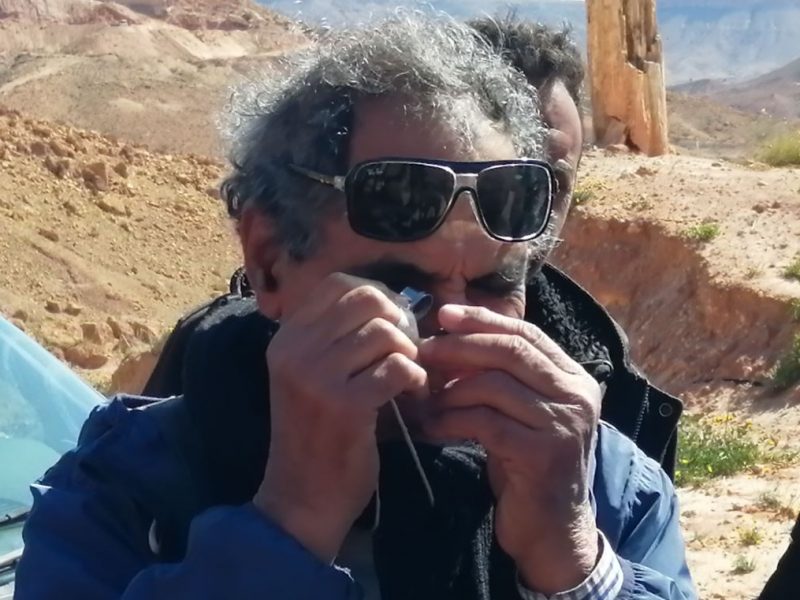
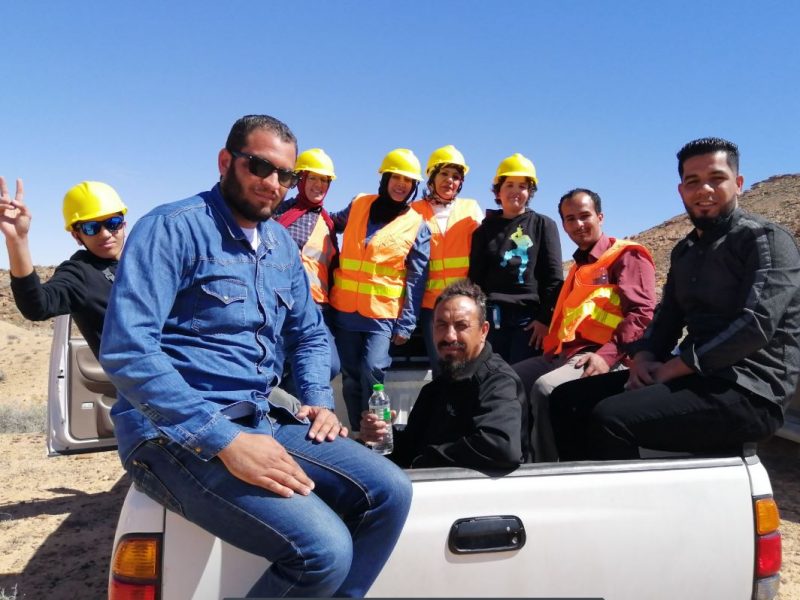
Professor Salem insisted that these collections have an importance beyond the realm of specialized scientists. Studying the longer history of Libya helps provide context for the period of human settlement. Over the past ten thousand years, regional climate change transformed the vast area south of Nalut from an environment of scattered lakes and savannah to the Saharan Desert of today. Libya’s rich cultural and natural heritage, including the UNESCO World Heritage site of the Tadrart Acacus and the cave site of Hawa Fteh, provides some of the world’s best living laboratories for investigating and learning from human response to previous periods of climate change.
Thousands of people continue to arrive in Libya as refugees from across the Sahara, driven in part by more arid conditions in their home countries. Many Libyans currently rely on fossil water aquifers that are being depleted. In this context, protecting Libya’s cultural and natural resources, conducting further research, and increasing the broader public understanding of long term climatic change has never been more relevant.